Mannar District is located in the north west of Sri Lanka in the Northern Province. It has an area of 1,996 square kilometres (771 sq mi). Between the 5th century BC and 13th century AD, what is now Mannar District was part of Rajarata. Parts Mannar District were thereafter part of the pre-colonial Jaffna kingdom. The district then came under Portuguese, Dutch and British control. In 1815 the British gained control of the entire island of Ceylon. They divided the island into three ethnic based administrative structures: Low Country Sinhalese, Kandyan Sinhalese and Tamil. The district was part of the Tamil administration. In 1833, in accordance with the recommendations of the Colebrooke-Cameron Commission, the ethnic based administrative structures were unified into a single administration divided into five geographic provinces. Mannar District, together with Jaffna District and Vanni District, formed the new Northern Province.
Mannar District is unique in its vegetation and wildlife contrasting with rest of Sri Lanka.
Mannar Island
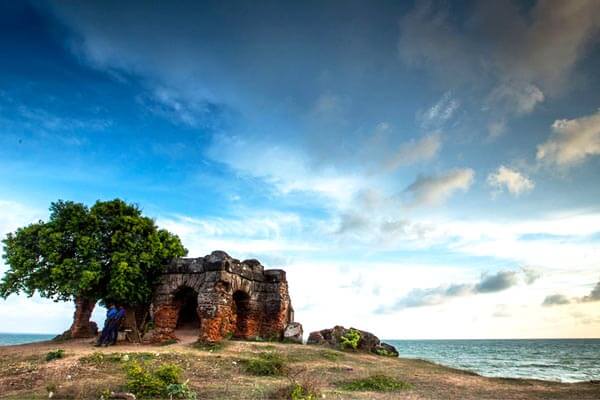
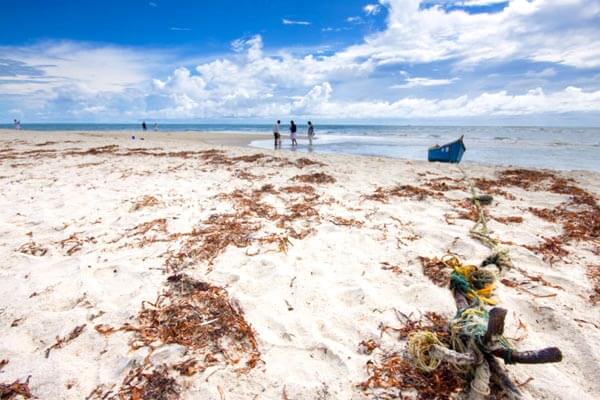
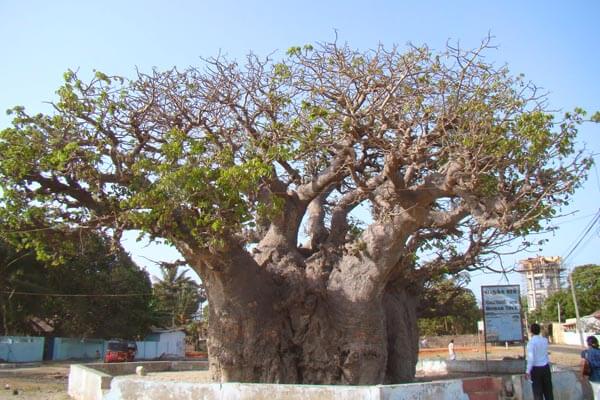
Linked to the mainland by a causeway, Mannar feels fairly remote, perhaps because the original bridge was blown up in the bomb attack in the 1990s and it took until 2010 for a permanent replacement structure to be completed. Mannar town, located in the southeast corner of the island, is the main settlement. Its principle attraction is a Portuguese Fort, near the town’s entrance, which was later reinforced by the Dutch.
Catholicism is prevalent in this area and the St Sebastian Church, with slightly Moorish appearance, is especially revered by the community. Mannar is also famous for its baobab trees, believed to have brought to Sri Lanka by the Arabs. There are some huge specimens, including one located to the north of town. It is said to have been planted in the 15th century.
At the island’s western end is Talaimannar, from where ferries formerly shuttled between Sri Lanka and India. Towards the west of Talaimannar is Adam’s Bridge, a series of sandbanks that extend all the way to India. According to the Indian epic Ramayana, the makeshift bridge was constructed by the monkey god Hanuman in order to cross the sea between India and Sri Lanka. These days, the army runs boat trips out to these sand islands.
Madu Church
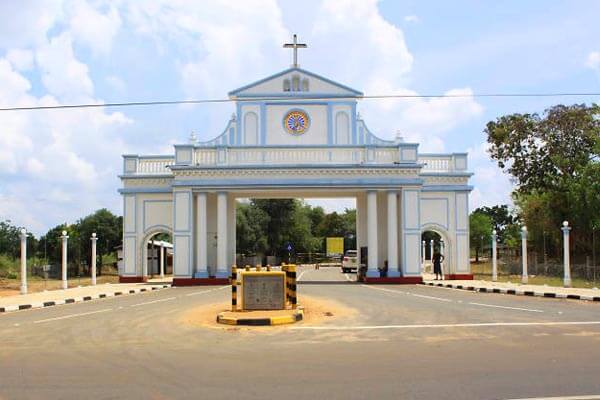
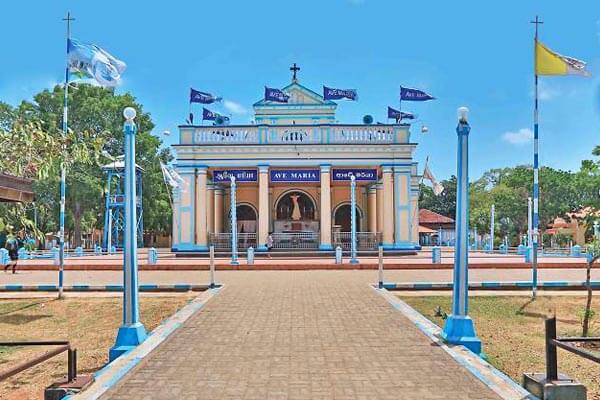
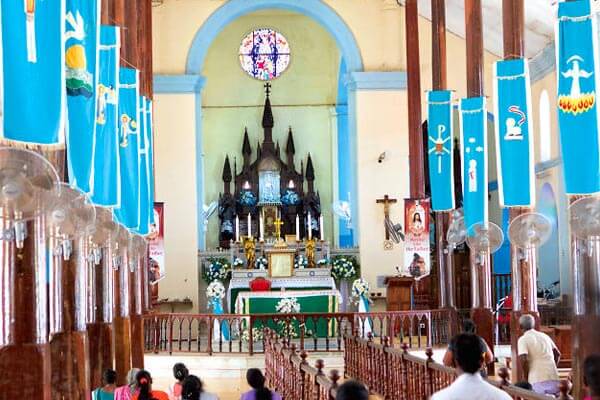
The ancient Madu Church – Shrine of Our Lady of Madhu is one of the ancient churches in Asia and located near Murunkan. An ancient Kali Temple was demolished by Portuguese to construct the Catholic Church on the same location.
With a history of over 400 years, this shrine acts as a center for pilgrimage and worship for Sri Lankan Catholics. The site is considered as the holiest Catholic shrine in the island and is a well known place of devotion for both Tamil and Sinhalese Catholics. The church has been a symbol of unity not just between Tamils and Sinhalese, but also between people of different religions, including Buddhists, Hindus and Protestants.
Pope Pius XI granted the image of Our Lady of Madhu a Canonical coronation on 2 July 1924. Attendance for the August festival at times touched close to a million people before the outbreak of the Sri Lankan Civil War. Situated in the heart of the conflict zone, pilgrimage to this shrine was dramatically affected by the Civil War with the presence of refugee camps around the shrine complex. It was shelled a number of times.
Sri Lanka Dream Tours organize various tour activities that includes folk dance & music program, local house visits, local market visits, dinner or lunch with a local family of the area and much more like this. These activities are organized as part of your tour program and gives real experience of India to any guest visiting India with us.
